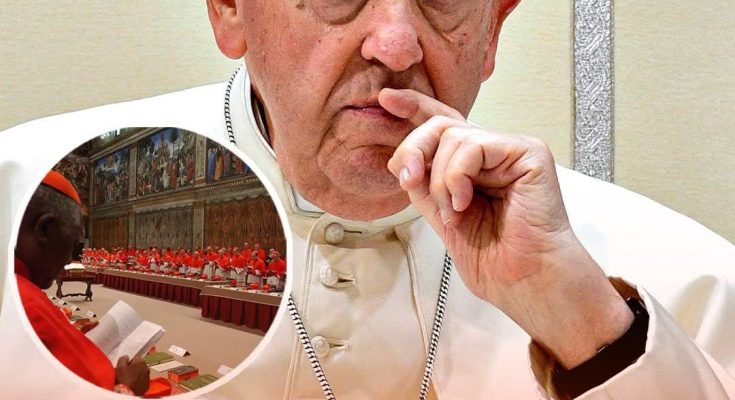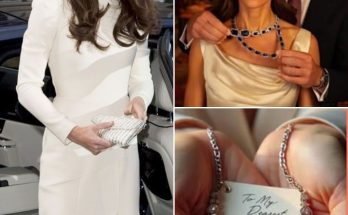Following the recent passing of Pope Francis, the new Pope will be chosen – but how is this done?
Vatican camerlengo Cardinal Kevin Farrell announced the news on Monday (21 April) in an official statement, which reads: “At 7.35 this morning, the Bishop of Rome, Francis, returned to the home of the Father. His entire life was dedicated to the service of the Lord and of his Church.
“He taught us to live the values of the Gospel with faithfulness, courage, and universal love, especially for the poorest and most marginalised.
With immense gratitude for his example as a true disciple of the Lord Jesus, we commend the soul of Pope Francis to the infinite, merciful love of God, One and Tribune.”
Following the Pope’s passing, the process to elect a new Pope will begin.
How is the new Pope chosen?
Now that Pope Francis’ death has been confirmed and the nine days of mourning is set to commence, the church will enact a series of rituals before a successor is eventually chosen.
And if you’ve seen Ralph Fiennes and Stanley Tucci in 2024’s Conclave, then you’ll have an idea of how it works.
It is not yet clear who will now be announced the next bishop of Rome, with a voting process likely to last between 15 to 20 days in what is known as a papal conclave.
The decision will be made by the College of Cardinals – a select group of over 200 senior cardinals chosen by successive Popes – who will vote four times per day until a candidate receives a major two-thirds of the vote.
Now, there is no age limit when it comes to the role, but only men can be the Pope
Additionally, contenders do not put themselves forward formally during a conclave and open campaigning for the role is strictly forbidden.



